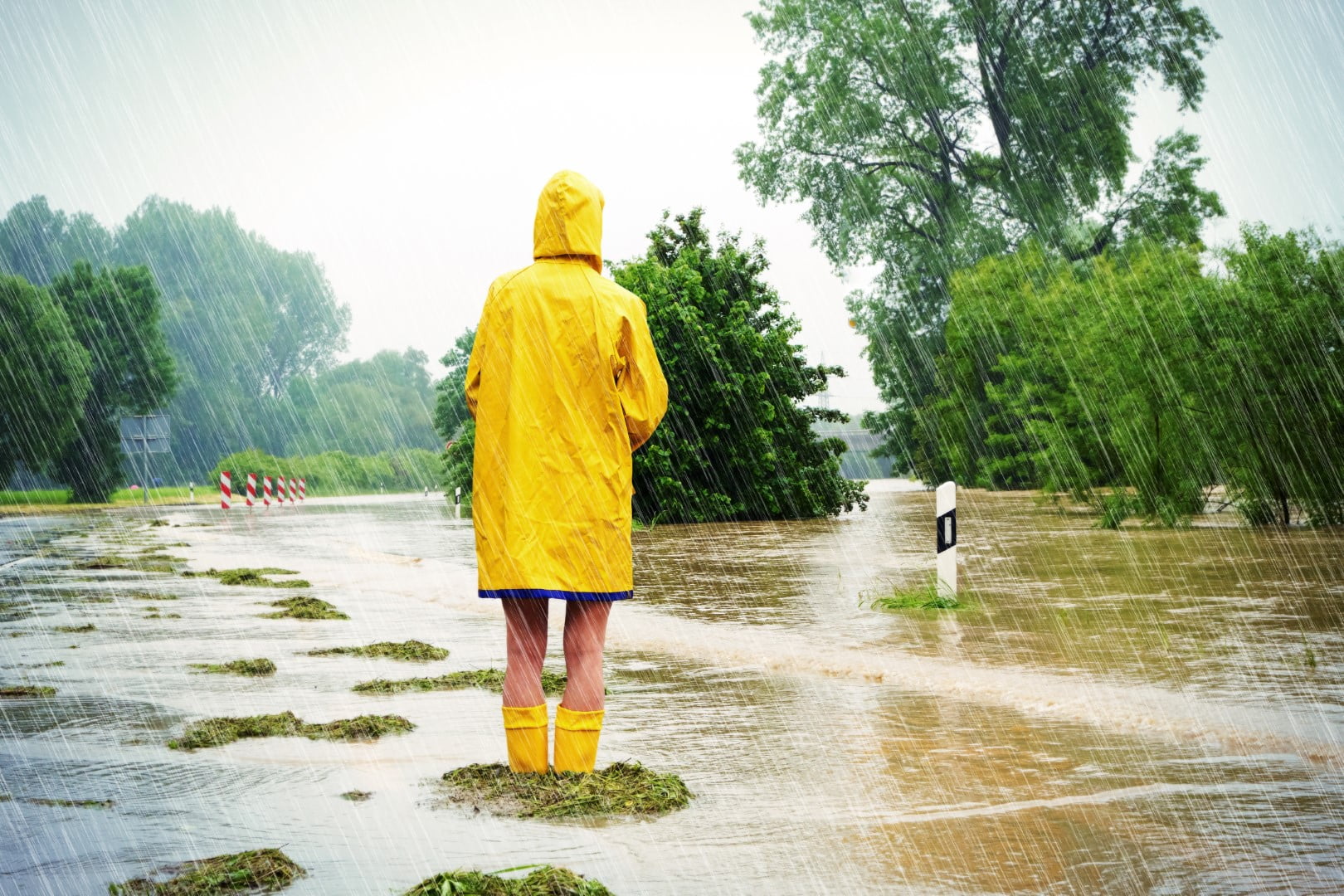Floods can be devastating, wreaking havoc on homes, communities, and lives. At WeStruct, we understand the importance of proactive flood risk assessment. In this blog post, we’ll explore the significance, process, and key considerations of flood risk assessments to help safeguard your property and loved ones.
Why Flood Risk Assessment Matters
Flood risk assessments are a critical component of disaster preparedness, ensuring that communities and properties are better equipped to handle potential floods. Here’s why they matter:
1. Protection Against Flooding:
A flood risk assessment identifies potential flood risks, allowing you to implement protective measures and safeguard your property.
2. Insurance and Regulations:
Many regions require flood risk assessments for insurance purposes and building regulations compliance.
3. Emergency Preparedness:
Assessments help individuals and communities plan for emergencies, including evacuation routes and flood response strategies.
4. Environmental Impact:
Flood risk assessments consider the environmental impact, helping protect natural ecosystems.
The Flood Risk Assessment Process
- Data Collection:
Gather data on flood history, climate patterns, river levels, and local topography to assess potential risks.
- Modeling and Mapping:
Use advanced flood modeling and mapping tools to visualize potential flood scenarios.
- Vulnerability Assessment:
Assess the vulnerability of your property, considering factors like building design, flood barriers, and emergency plans.
- Risk Mitigation:
Implement mitigation strategies, such as flood-resistant construction, flood barriers, or property relocation.
- Community Preparedness:
Coordinate with local authorities and communities to ensure collective preparedness and response.
Key Considerations in Flood Risk Assessment
1. Flood Zone Classification:
Understand the flood zones in your area, which indicate the likelihood and severity of flooding.
2. Flood Frequency:
Determine the frequency of flood events to gauge the risk and plan accordingly.
3. Building Elevation:
Evaluate the elevation of your property in relation to potential floodwaters.
4. Emergency Kits:
Prepare emergency kits, including food, water, and essential supplies for flood-related emergencies.
Conclusion
Flood risk assessment is a proactive and vital step in protecting your property, loved ones, and community from the devastating effects of flooding. At WeStruct, we encourage individuals and communities to take flood risk assessments seriously.
By understanding the potential risks, implementing mitigation strategies, and fostering community preparedness, we can reduce the impact of floods and ensure a safer and more resilient future. Don’t wait for the waters to rise; take action to protect what matters most.

